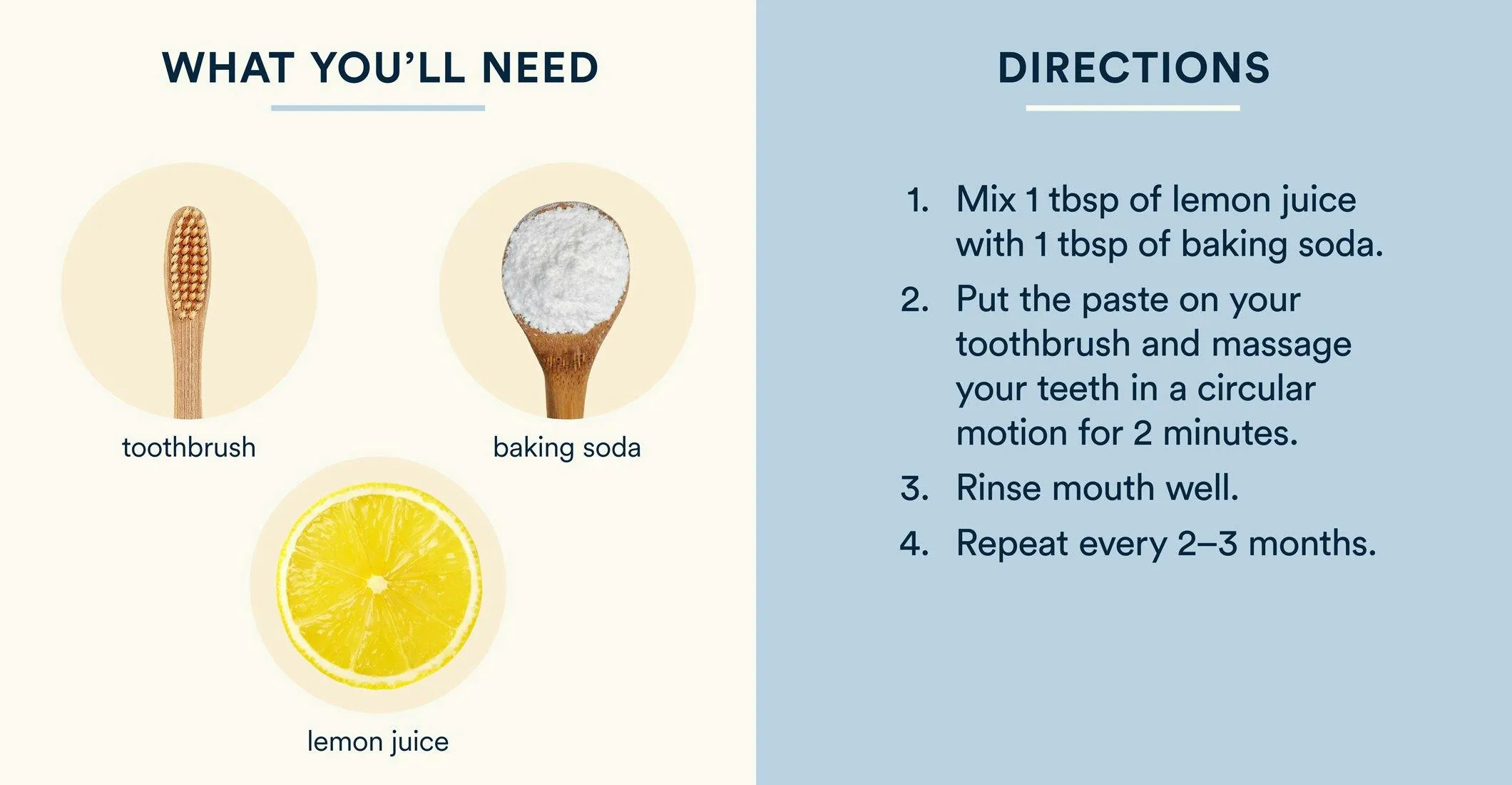What is Baking Soda and How Does it Whiten Teeth
Baking soda, also known as sodium bicarbonate, is a common household ingredient with a wide array of uses. From cooking and cleaning to personal hygiene, baking soda’s versatility is well-documented. But can this humble powder also contribute to a brighter smile? The answer lies in its mild abrasive properties and its ability to neutralize acids. Many people turn to baking soda as a home remedy for whitening teeth, seeking a natural and cost-effective alternative to professional treatments. Its popularity stems from its accessibility and ease of use, making it a go-to solution for those looking to enhance their dental aesthetics at home. However, it’s important to understand how baking soda works and whether it’s the right choice for your specific oral health needs.
The Science Behind Baking Soda’s Whitening Power
Baking soda’s effectiveness in teeth whitening is attributed to its mild abrasive nature. When used gently, it can help to scrub away surface stains caused by coffee, tea, wine, and other foods and drinks. These stains accumulate over time, leading to a dull appearance. Baking soda’s slightly alkaline pH also plays a role. It can help to neutralize acids in the mouth, which can contribute to enamel erosion and discoloration. By reducing acidity, baking soda creates a more favorable environment for maintaining healthy teeth and a brighter smile. While baking soda does not chemically alter the color of the teeth like some professional whitening treatments, its physical action and pH-balancing effects can contribute to a noticeable improvement in tooth appearance.
How Baking Soda Works on Tooth Enamel
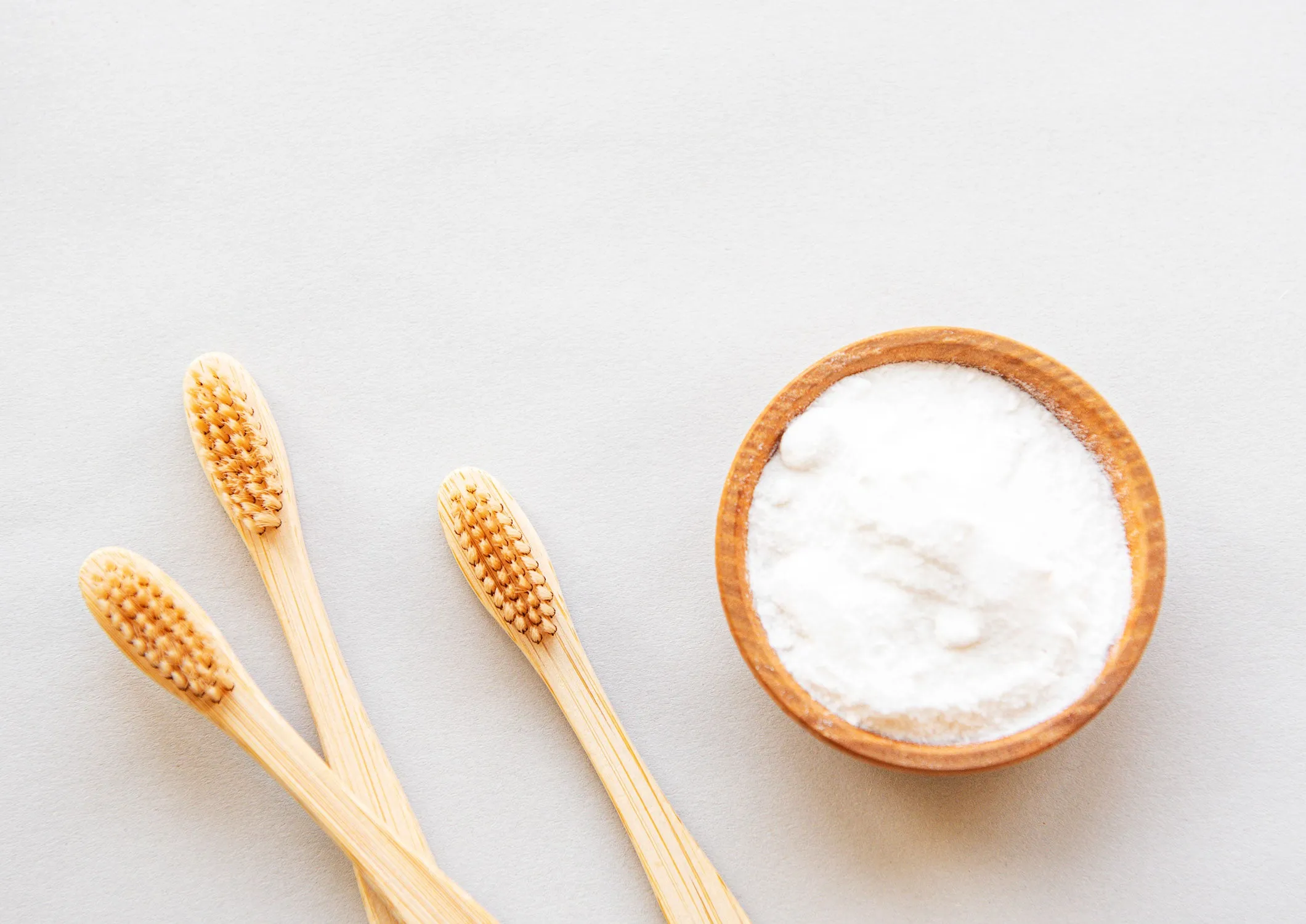
The primary mechanism by which baking soda affects tooth enamel is through its gentle abrasive action. The small particles of baking soda can help to remove plaque and surface stains. However, it’s crucial to use it with caution, as excessive or aggressive brushing can potentially erode the enamel over time. Enamel is the hardest substance in the human body, but it’s still susceptible to wear and tear. When used correctly and sparingly, baking soda can help to polish the teeth, making them appear brighter by removing the stains that obscure their natural color. The key is to use a soft toothbrush and to avoid applying too much pressure during brushing to prevent damage to the enamel and the underlying dentin.
Is Baking Soda Safe for Teeth
The safety of using baking soda for teeth whitening is a topic of much discussion. While it is generally considered safe when used in moderation and correctly, there are potential risks associated with its use. Many dental professionals agree that occasional use is unlikely to cause significant harm, but frequent or improper use could lead to enamel erosion, increased tooth sensitivity, and gum irritation. The key lies in understanding the proper techniques and adhering to recommended usage guidelines. It’s always advisable to consult with a dentist to determine if baking soda is a suitable option for your specific oral health needs and to receive personalized advice on safe and effective usage practices. This will help you make an informed decision and mitigate potential risks.
Potential Risks and Side Effects of Using Baking Soda
The primary risk associated with using baking soda for teeth whitening is enamel erosion. Enamel is the protective outer layer of the teeth, and once it’s worn away, it doesn’t regenerate. This erosion can lead to increased tooth sensitivity, making your teeth more susceptible to hot, cold, and sweet foods and drinks. Another potential side effect is gum irritation. The abrasive nature of baking soda can sometimes irritate the gums, leading to inflammation and discomfort. Additionally, excessive use may contribute to the recession of the gums. It’s also important to note that baking soda may not be suitable for everyone. Individuals with sensitive teeth, existing gum problems, or enamel erosion should exercise extra caution and consult a dentist before using baking soda. Monitoring your teeth and gums for any signs of adverse reactions is crucial.
How to Use Baking Soda Safely and Effectively
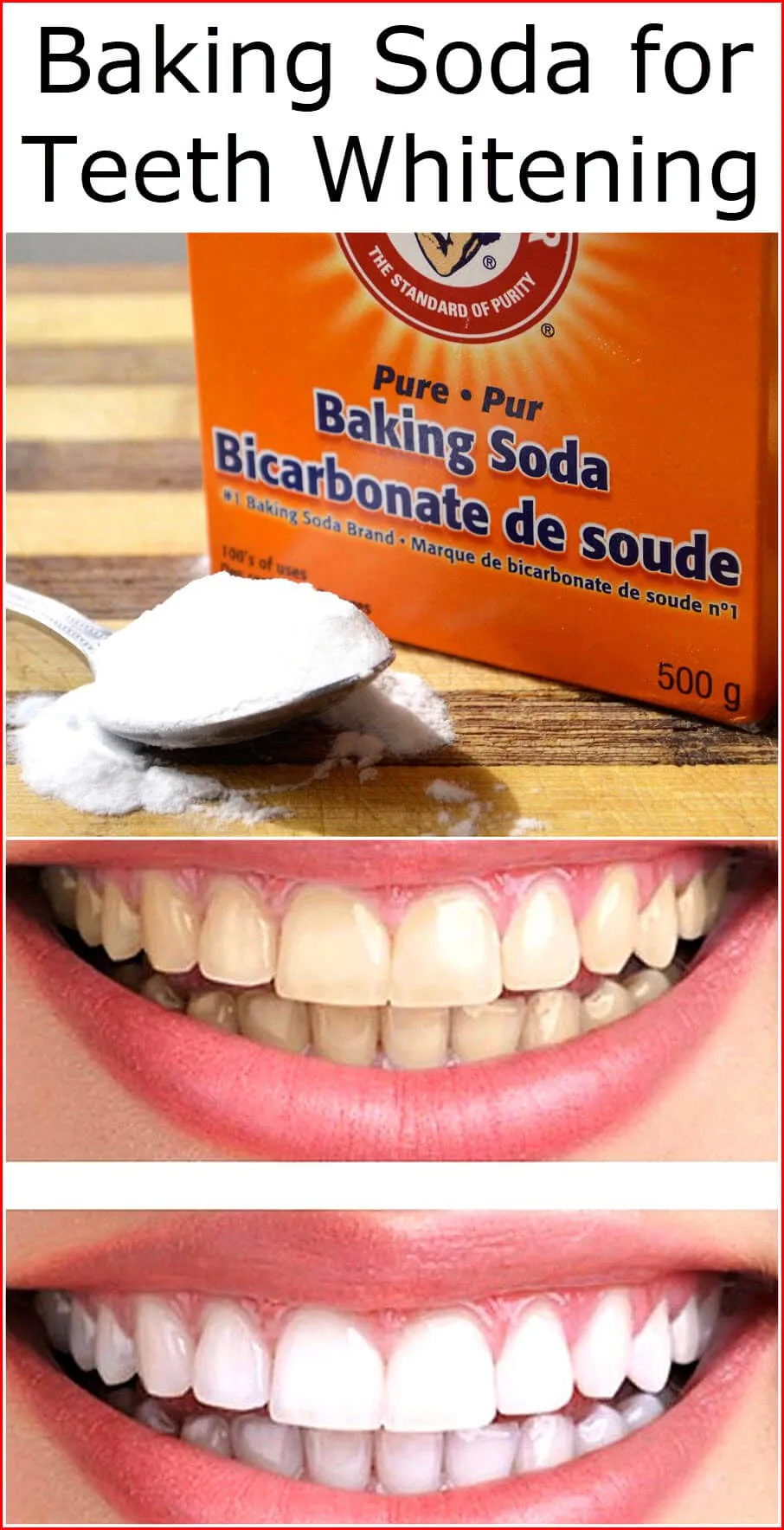
To use baking soda safely, start by mixing a small amount with water to create a paste. The recommended ratio is typically a teaspoon of baking soda to a few drops of water. Use a soft-bristled toothbrush and gently brush your teeth with the paste, using small circular motions. It’s essential to avoid applying too much pressure, as this can increase the risk of enamel erosion. Brush for about two minutes, then rinse your mouth thoroughly with water. It is advisable to limit the frequency of use to once or twice a week. Overuse can increase the likelihood of side effects. Incorporate baking soda into your existing oral hygiene routine, which includes regular brushing with fluoride toothpaste and flossing. Always consult your dentist before using baking soda, especially if you have any existing dental conditions or concerns.
Baking Soda Teeth Whitening Recipe
Creating a baking soda teeth whitening paste is simple and requires just a few ingredients. This easy-to-follow recipe ensures you can safely and effectively use this home remedy. Remember, moderation is key to avoid any adverse effects. This simple recipe is a great way to incorporate baking soda into your teeth whitening routine while minimizing potential risks. Always prioritize gentle brushing and proper technique to protect your enamel.
Ingredients You’ll Need
- Baking soda (sodium bicarbonate)
- Water (filtered or tap water)
- Optional peppermint essential oil (for flavor and antibacterial properties)
Step-by-Step Instructions for Baking Soda Whitening
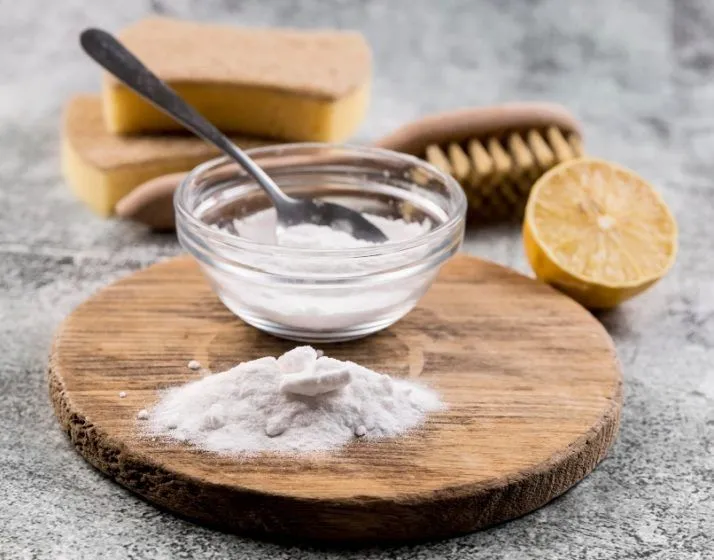
- In a small bowl, combine 1 teaspoon of baking soda with enough water to form a paste. Start with a few drops and add more until you achieve the desired consistency.
- If desired, add 1-2 drops of peppermint essential oil for flavor and additional antibacterial benefits. Mix well.
- Wet your toothbrush and apply a small amount of the paste. Use a soft-bristled toothbrush to minimize abrasion.
- Gently brush your teeth using small circular motions for about 2 minutes. Avoid applying too much pressure.
- Rinse your mouth thoroughly with water to remove any remaining paste. Brush with regular fluoride toothpaste afterwards.
- Use this paste no more than once or twice a week. Overuse can damage tooth enamel.
Enhancing the Whitening Effect Additional Tips
To enhance the whitening effect of baking soda, consider incorporating other natural ingredients into your routine. Mixing baking soda with a small amount of hydrogen peroxide (3% solution) can boost its whitening power, but always use this combination with extreme caution and sparingly, as hydrogen peroxide can be harsh. Another popular addition is lemon juice, however, its high acidity can erode enamel, so its use is not recommended. Adding a drop or two of peppermint essential oil can improve the taste and provide antibacterial benefits. Remember, consistency and proper oral hygiene are essential. Brushing and flossing regularly and avoiding stain-causing foods can significantly contribute to a brighter smile. Consulting with your dentist can provide additional guidance on how to best achieve your desired results.
Other Natural Remedies That Can Boost Results
In addition to baking soda, several other natural remedies can complement your teeth whitening efforts. Activated charcoal is another popular option, known for its ability to absorb stains. However, like baking soda, it’s abrasive, so use it with caution. Oil pulling with coconut oil can also contribute to a cleaner mouth, potentially reducing plaque buildup. Strawberries contain malic acid, which may help to remove surface stains, but they should not be used in excess due to their acidity. Maintaining a balanced diet rich in fruits and vegetables, which naturally scrub teeth, is also crucial. Consistent oral hygiene practices such as brushing and flossing, along with regular dental check-ups, remain the cornerstones of a healthy, white smile. Be sure to research and test remedies, as many do not have scientific backing. Always check with a professional about a teeth whitening routine.
Maintaining Your White Smile After Whitening
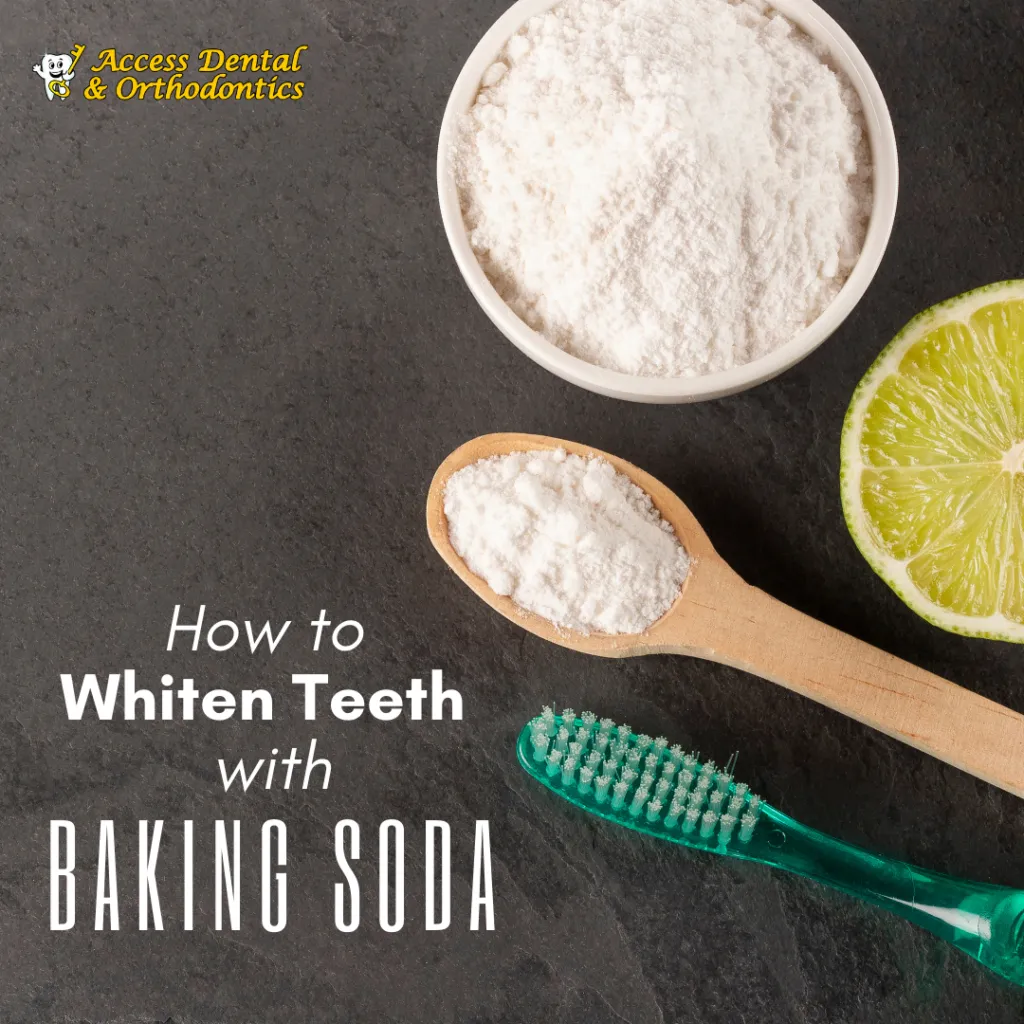
Once you’ve achieved a whiter smile, maintaining it requires consistent effort and attention to oral hygiene. Proper care and some simple lifestyle adjustments will help you preserve your brighter teeth. This proactive approach will help you enjoy your results for longer. Consider it an investment in your dental health.
Oral Hygiene Practices for Long-Lasting Results
The cornerstone of maintaining a white smile is a diligent oral hygiene routine. Brush your teeth twice a day for two minutes each time, using a fluoride toothpaste. Make sure you brush all surfaces of your teeth, including the front, back, and chewing surfaces. Floss daily to remove plaque and food particles from between your teeth, where your toothbrush can’t reach. Consider using a mouthwash with fluoride to further protect your teeth. Regular dental check-ups and professional cleanings are also essential for removing stubborn stains and plaque buildup. These routine practices will keep your smile bright and healthy. Your dentist can also provide guidance and recommendations tailored to your needs. Regular dental check-ups are key to overall dental health.
Foods and Drinks to Avoid for a White Smile
Certain foods and drinks are notorious for staining teeth. Coffee, tea, red wine, and dark-colored sodas are among the biggest culprits. These beverages contain chromogens, which are pigment-producing substances that can easily adhere to tooth enamel. Be mindful of the consumption of these drinks to prevent staining. Berries, such as blueberries and blackberries, also contain pigments that can stain teeth. Additionally, highly acidic foods and drinks, such as citrus fruits and vinegar, can erode enamel, making teeth more susceptible to staining. To protect your white smile, consider reducing your intake of these stain-causing foods and drinks. Rinsing your mouth with water after consuming them can also help to minimize staining. Alternatively, using a straw for drinks can help reduce direct contact with your teeth. Being mindful of your dietary choices is crucial for maintaining a bright and healthy smile.
When to See a Dentist
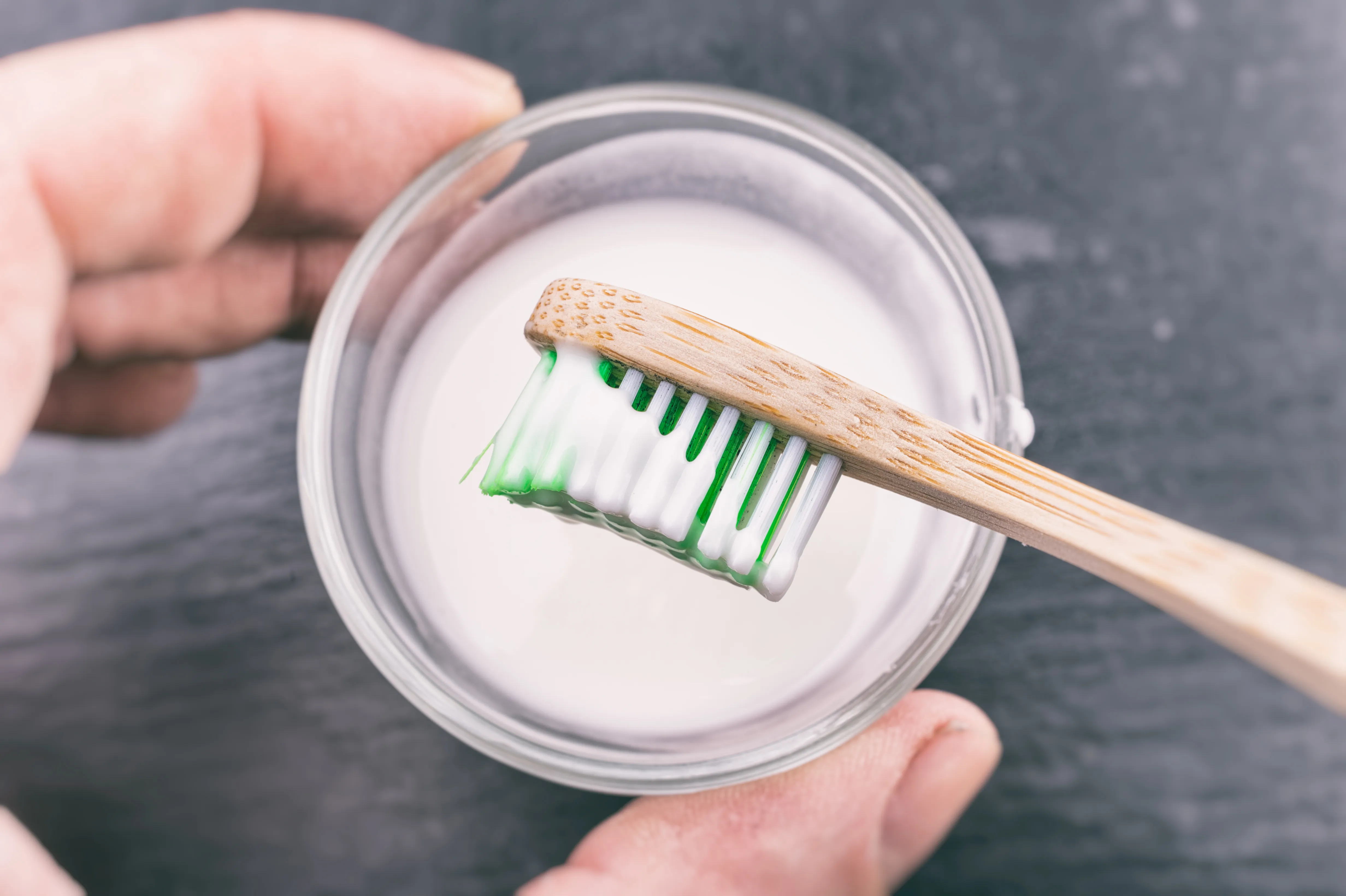
While home remedies like baking soda can be a helpful addition to your teeth whitening efforts, it’s crucial to recognize their limitations and to know when to seek professional dental care. If you experience any unusual tooth sensitivity, gum irritation, or pain, consult your dentist immediately. These symptoms could indicate underlying dental problems that require professional attention. If you’re not seeing the desired results from home treatments, your dentist can offer more effective whitening options, such as professional bleaching or custom-fitted whitening trays. Regular dental check-ups are essential for maintaining oral health. Your dentist can assess your overall dental health, identify any issues early on, and provide personalized recommendations for optimal care. A dentist is a key partner in achieving and maintaining a bright, healthy smile.
